
Sea Swallow Facts
- First of all, the short and appealing term of Sea Swallow serves as one of several common names for a truly remarkable form of sea slug. This fabulous variety of marine gastropod also goes by numerous other names, however.
- These alternate terms include such names as the blue angel, blue glaucus, blue dragon, blue sea slug, and the blue ocean slug, among others. Meanwhile, its scientific name remains that of the hard to pronounce Glaucus atlanticus.
- Regardless of the name one uses for it, this creature never fails to fascinate. Its original identification as a species occurred in 1777. This identification came at the hands of the renowned German naturalist and ethnologist, Johann Georg Adam Forster.
- Quite fortunately, the amazing Sea Swallow appears to be maintaining a population base that’s both sufficient and relatively stable. The IUCN, therefore, currently has no listing for the animal on its Red List of Threatened Species.
- The unique species must nonetheless be considered to be at some potential risk, from several factors. One of these happens to be habitat loss. The most pressing of these, though, most likely consists of the ongoing effects of climate change.
Related Articles
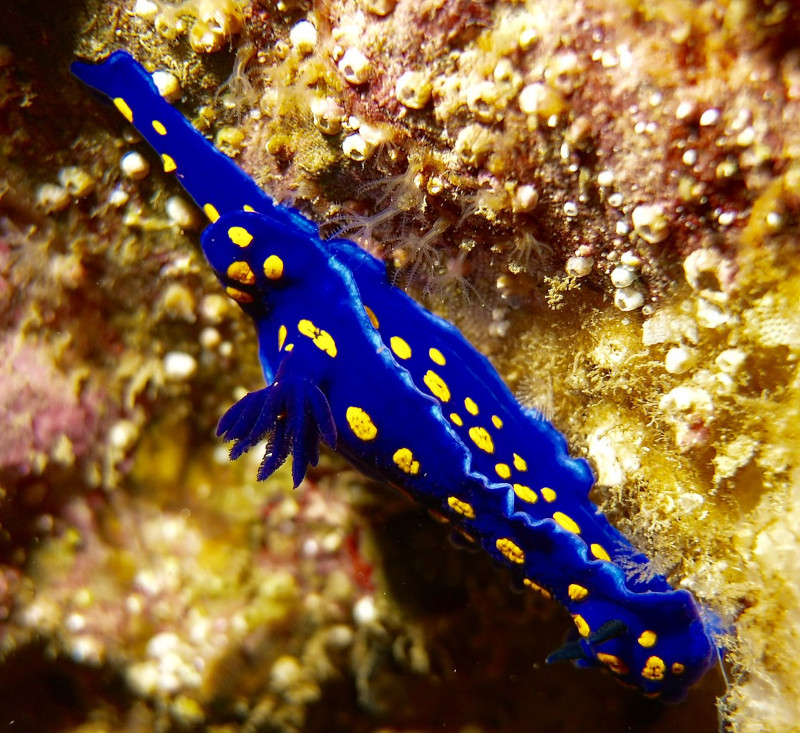
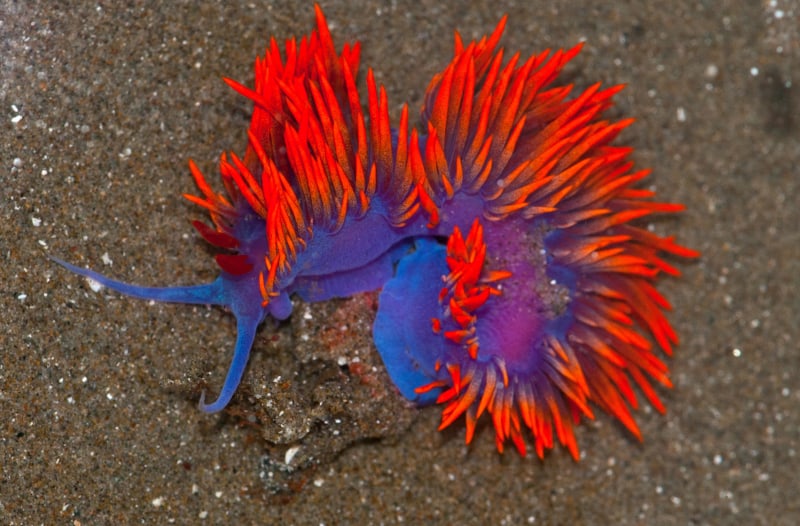
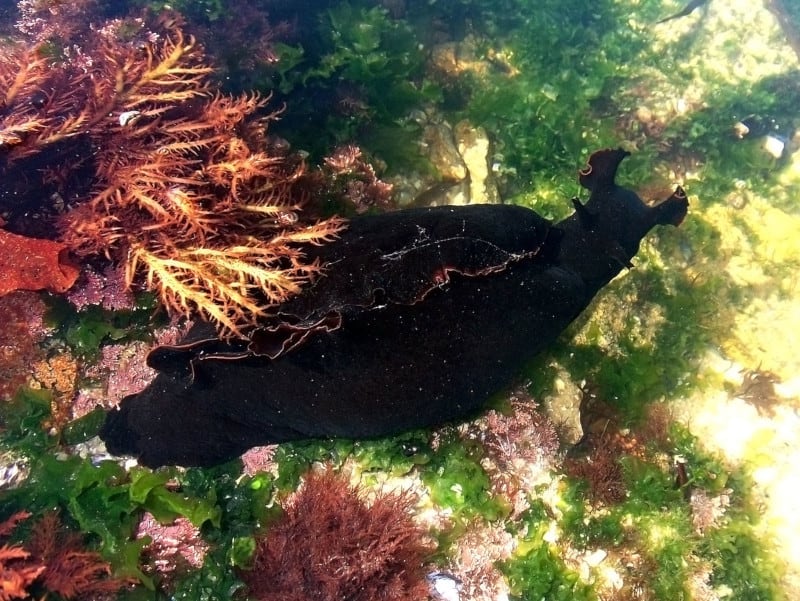
Sea Swallow Physical Description
The Sea Swallow relies upon its appearance to stand out from related species. This holds true due a combination of two factors. Firstly, it presents a dazzling appearance to the world. Secondly, this nudibranch ranks as a smaller than average member of its Family.
This surprising statement rings true due to one specific statistic that might be surprising to some people. To be more precise, that’s the fact that this fascinating marine invertebrate only attains an average adult length measuring roughly 1.2 in (3 cm).
Much like the majority of related species, this impressive animal shows no sign of the physiological trait of sexual dimorphism. Given this, mature adults of both genders of the Sea Swallow typically show a silvery gray on one side, and pale blue on the other.
However, several dark blue stripes do generally appear on the head of the amazing creature. It also possesses a flat, tapering body shape. Attached to that body, it also displays a total of six appendages. These develop into finger-like structures.
- Kingdom: Animalia
- Phylum: Mollusca
- Class: Gastropoda
- Order: Nudibranchia
- Family: Glaucidae
- Genus: Glaucus
- Species: G. atlanticus
Sea Swallow Distribution, Habitat, and Ecology
Quite fortunately for itself, and those who appreciate Nature, the amazing Sea Swallow appears to inhabit an extremely extensive range. This occurs because evidence indicates that the awesome gastropod inhabits every ocean of the world.
Nevertheless, the greatest concentrations of its population does seem to be concentrated in a few specific, though separated, regions of the globe. That’s true because of the fact that this particular nudibranch appears in the greatest numbers in three areas.
These include the coastal regions of South Africa, eastern Australia, and Europe. Yet, smaller concentrations also thrive in many temperate and tropical waters. It does, however, appear to have a decided preference for areas of the open ocean, away from land.
Some distinctive characteristics further separate the Sea Swallow from other similar species, however. Firstly, and somewhat interestingly, at least scientifically, all members of this species develop as hermaphrodites, having both male and female reproductive organs.
Secondly, this animal floats upside down on the ocean surface, aided by the presence of a gas-filled sac in its stomach. Thirdly, though, its prey generally consists of creatures larger than itself. This trait alone amply serves to distinguish it from similar creatures.
The preferred prey of this animal includes creatures such as the Velella, the Portuguese Man O War, and the Violet Snail. It has the ability to feed on toxic species due to its natural immunity. Finally, it actually stores the toxins of its prey in its body, for its own use.
Species Sharing Its Range
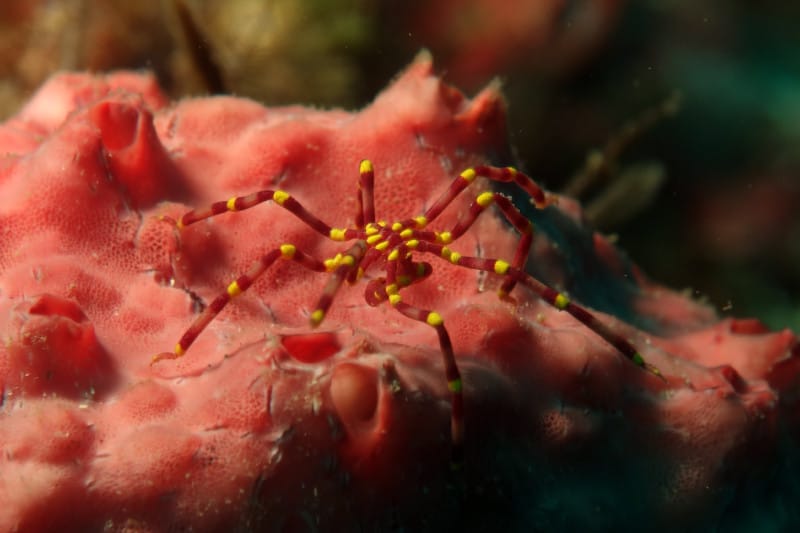
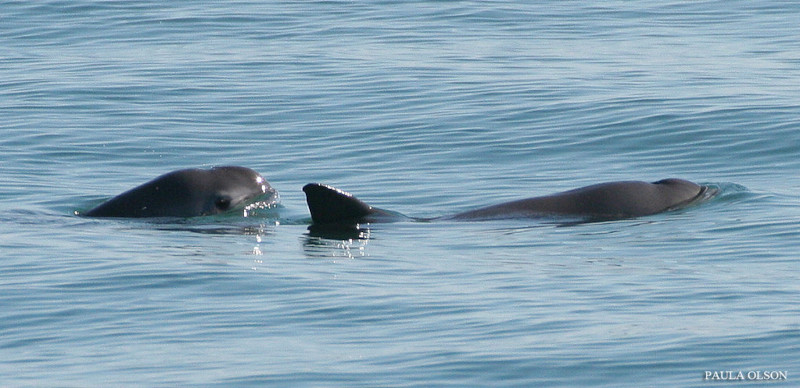
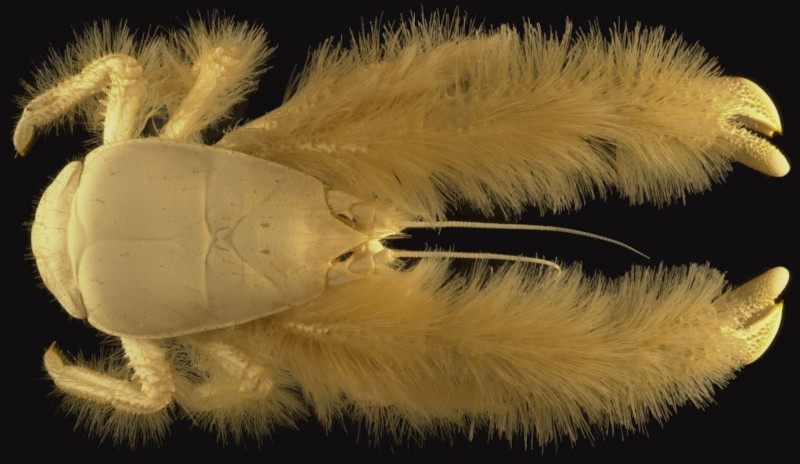
Check out our other articles on 7 Geological Marvels of Asia, Guinan cock-of-the-rock, Piton de la Fournaise, Ghost Orchid, Flatback Sea Turtle, White Witch Moth, Purple Frog










Leave a Reply